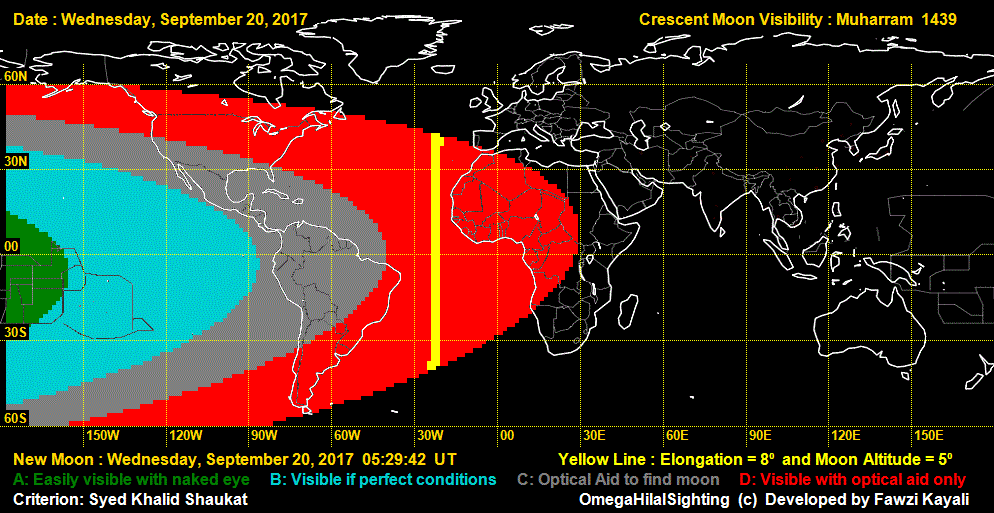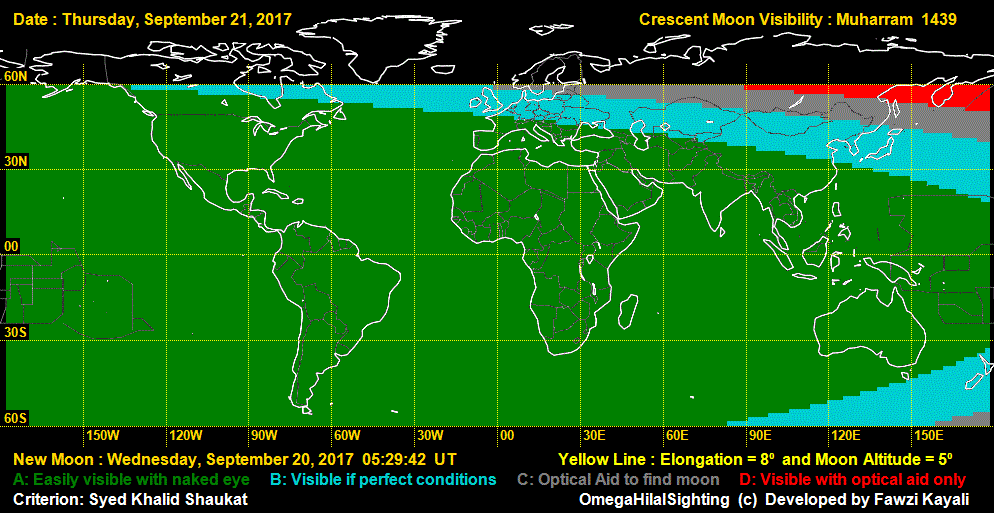The Hijri New Year is the day that marks the beginning of a new Islamic calendar year. This first day of the year is the first day of Muharram.
The Hijri calendar starts in the year 622 AD with the emigration of Prophet Muhammad from Mecca to Medina, known as the Hijra.
In fact, Muslim use this lunar Hijri calendar to calculate times of prayers, fasting, Hajj and other religious celebrations. While some determine the new month by moon sightings, most Islamic countries follow astronomical calculations.
A Hijri day starts at sunset. Thus, observing the crescent of a new Hijri month occurs during the sunset. If the crescent sets before the sunset, this means there is no new month. If it sets after the sunset, this means the beginning of the new month.
In fact, the lunar Hijri year is eleven to twelve days shorter than the solar Gregorian year. Thus, the Hijri New Year, Muharram 1, doesn’t come on the same day of the Gregorian calendar every year.
Muharram is one of the four sacred months of the Hijri year. And Muslims consider it the second holiest month after Ramadan.
New Hijri Year 1439
The Astronomical New Moon (conjunction) is on Wednesday, September 20, 2017 at 5:30 UT. On September 20, the crescent may not be visible anywhere in the inhabited world. Observers may only see it via binoculars in the middle regions of the Americas.
However, on Thursday, September 21, it will be easily visible almost everywhere in the world. This practically means that the New Hijri Year, the first day of the month of Muharram, will take place on Thursday the 21st of September 2017 God willing.

